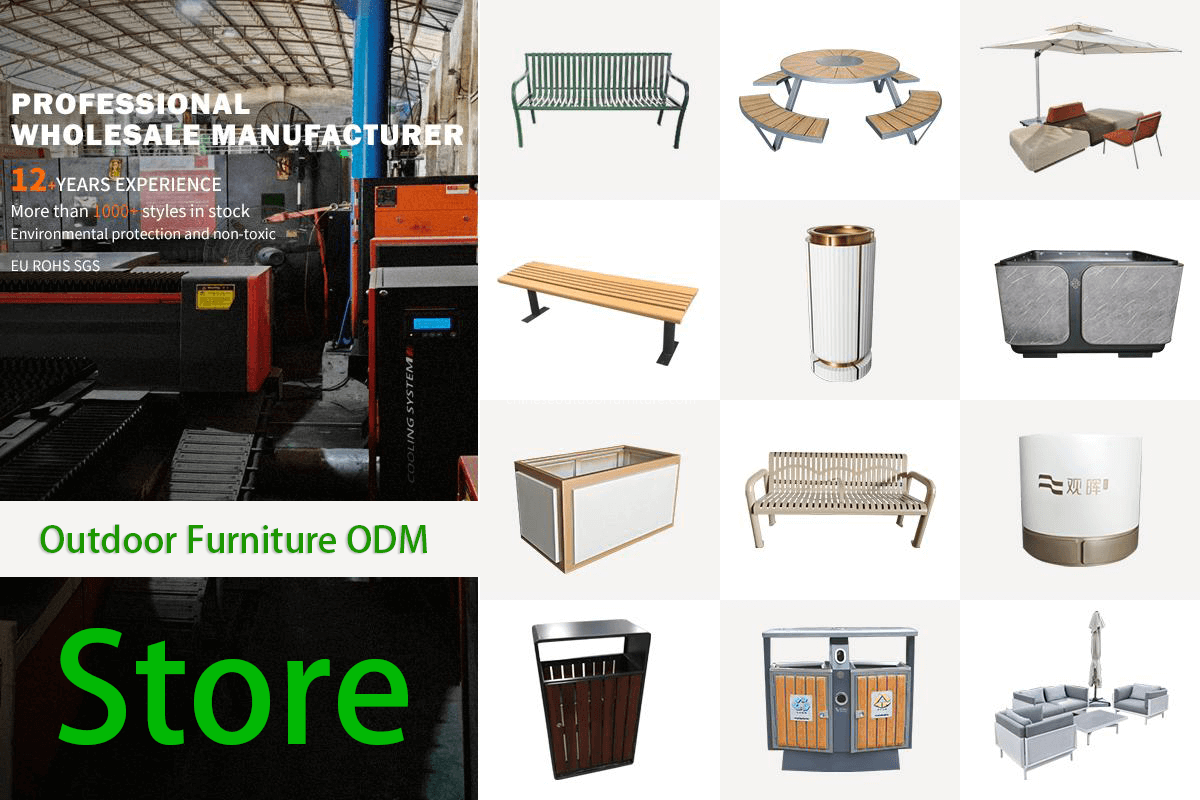How does cast iron’s brittleness limit its use in delicate nature-inspired designs?
Cast iron, known for its strength and durability, has long been a staple in heavy-duty applications like machinery and construction. However, its inherent brittleness poses significant challenges when used in delicate, nature-inspired designs. Unlike more malleable materials such as wrought iron or steel, cast iron is prone to cracking under stress, making it unsuitable for intricate patterns or thin, graceful forms often found in organic designs.
Nature-inspired designs frequently require flexibility and fine detailing—qualities cast iron lacks. For example, leaf motifs, flowing vines, or delicate filigree work demand materials that can withstand slight bending or shaping without fracturing. Cast iron’s brittle nature limits its ability to replicate these intricate elements, often resulting in bulky or simplified versions that lose the elegance of the original inspiration.
Moreover, the casting process itself adds constraints. Molten iron must cool uniformly to avoid internal stresses, which can lead to unexpected fractures in finished pieces. This unpredictability further discourages its use in precision-driven, artistic applications.
While cast iron excels in robustness, its brittleness ultimately narrows its role in delicate, nature-inspired designs, pushing designers toward more adaptable materials to achieve both beauty and functionality.

